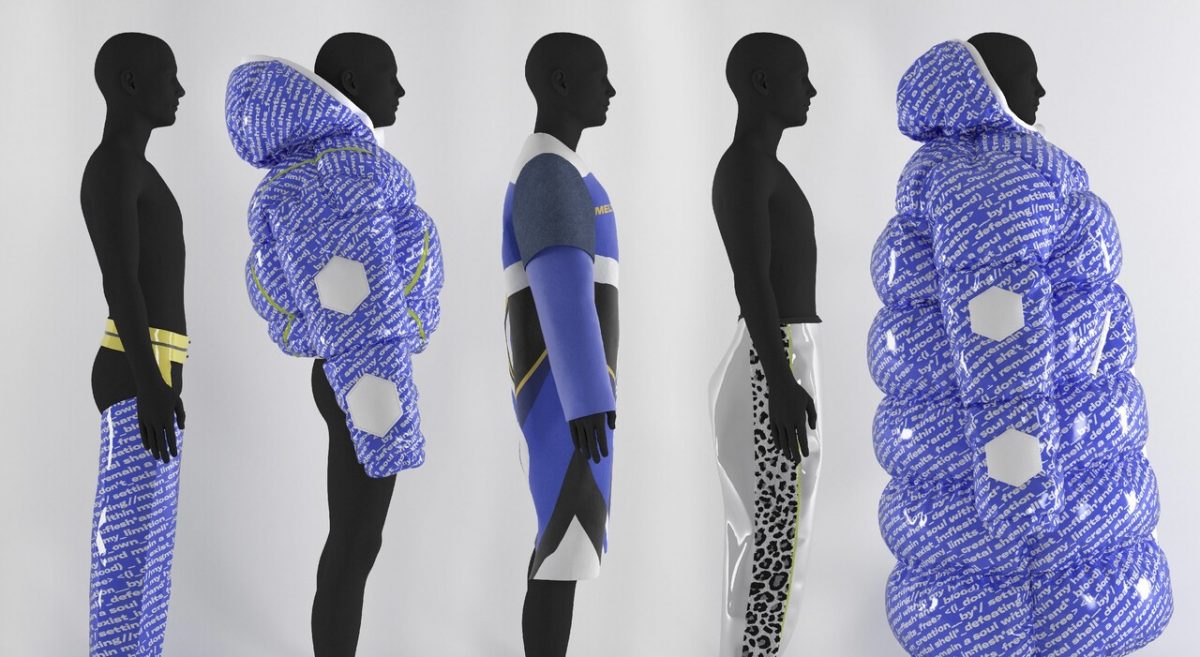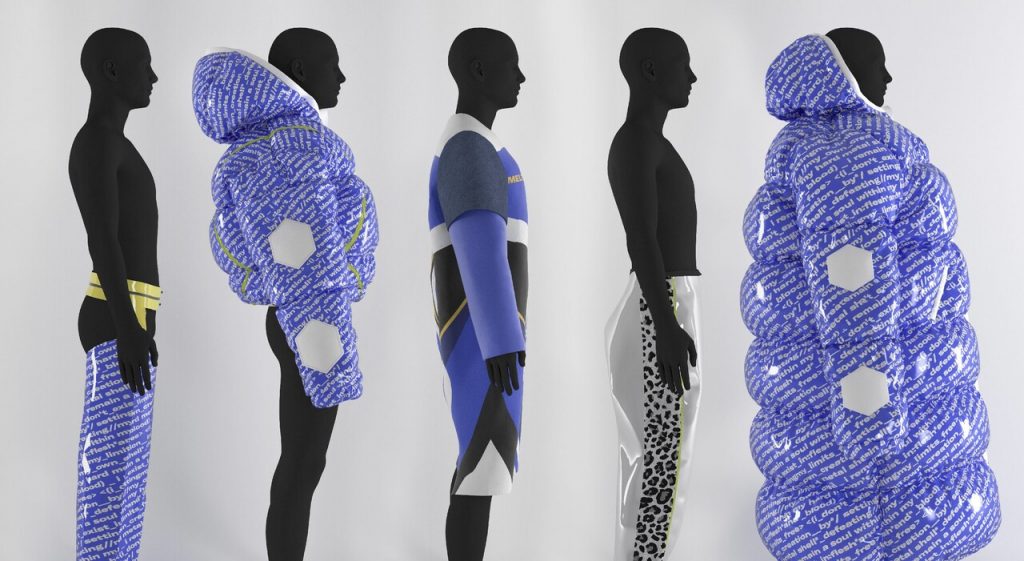Recently, while I was scrolling through my Tik Tok app before I went to sleep, I came across a very intriguing video of a woman trying to explain the insights of a new science study. As a physics enthusiast I stopped and watched the whole video. Basically, the study was based on the origin and behavior of plasma, one of the four fundamental origins of matter. As of what I understood, what the researchers were proposing was that plasma could be a form of life and be responsible for some unexplained UFO phenomena, while it also seems to have caused some aircraft disaster incidents, based on astronaut disclosures. However, since the topic was already too hard to conceive, I decided at that moment to turn to NotebookLM and request help.
NotebookLM is the new Google’s Gen AI tool that, similar to ChatGPT, can summarize any text we feed it with and generate instant insights. Nevertheless, it does not use the Internet’s public data as supplementary input, like most GenAI tools do, but instead only focuses on the data the user has loaded and comes with some predefined questions for better guidance. But this is not its most exciting feature. NotebookLM introduced a podcast feature in September, consisting of two speakers developing a conversation upon the topics addressed in the respective article or information given. The objective is to break down the topic in the simplest way for the listener to get the main idea.
Back to my experience, after loading the article of the research to the platform, I requested for the podcast to be generated. It was a twelve-minute conversation between a man and a woman talking about what plasma is, how it’s connected to unexplaned phenomena, how it changes shape and the fact that it has curiosity: a basic human instict. The scariest and simultaneously most fascinating thing was their humanlike way of communication. Their voices had nothing to do with Siri or Alexa, but they were convincing enough to make me believe they were actual human beings.

I was pleasantly surprised when I realized I could indeed understand better all the components of the paper. They dived into every single aspect addressed and analyzed briefly all the important parts one would need to gain a high-level knowledge on the matter. The fact that the conversation was developed in a casual way accompanied by humoristic additions was what kept me interested, since I felt like I was also a part of it. I can surely admit that listening to this made the whole process of learning more entertaining.
This quick experience I had with the tool made me think of its potential. In my case, I can already see myself using it for getting a summarized version of the papers I will need to work on for my academic assignments. And besides the podcast feature, it can also optimize notes, divide the paper into its sub-topics, make new idea suggestions and even cite the sources when it adds information (Infosys, 2024). But I recommend it for more than just studying purposes. After all, sometimes we simply need to heal our curiosity about complicated matters, like plasma activity.
References
Limited, I. (n.d.). NoteBook LM – powered by Gen AI. https://blogs.infosys.com/digital-experience/mobility/notebook-lm-powered-by-gen-ai.html



